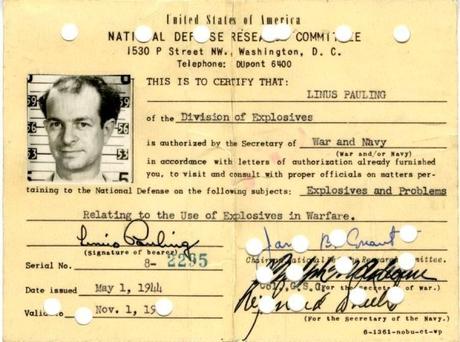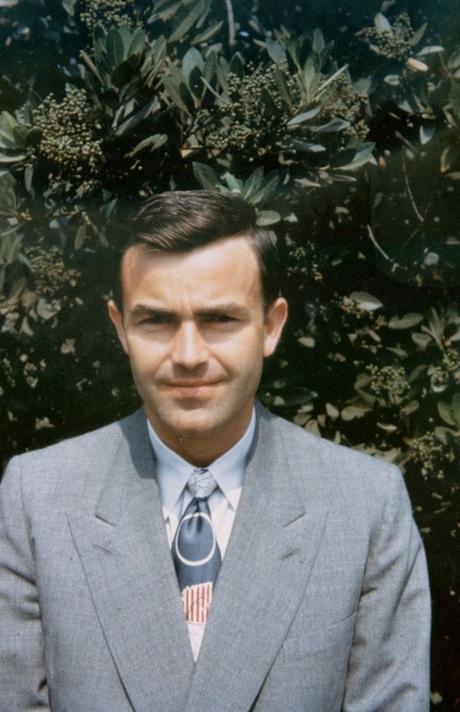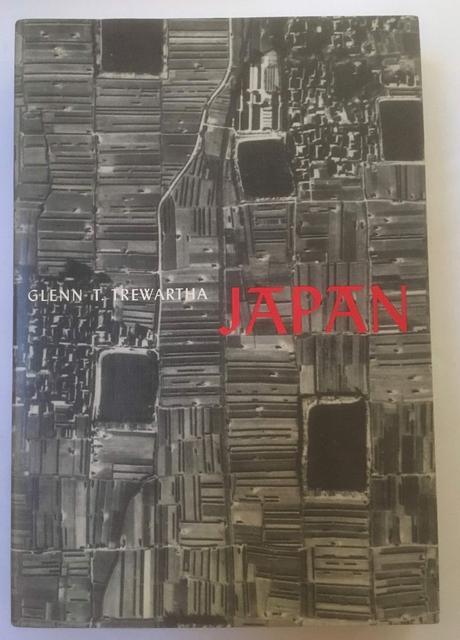
[Pauling and the Guggenheim Foundation]
The onset of World War II greatly reduced the quantity of applicants seeking fellowship support from the John Simon Guggenheim Memorial Foundation. Where 1,700 people had applied for support in 1939, only 1,200 applications were submitted in 1940. At the outset, this dip didn’t concern Foundation Secretary Henry Allen Moe too terribly much since, as he wrote to Linus Pauling, there was less “sheer junk” making its way into the pool.
By 1942, a year after the United States entered the war, the number of applications had dropped to 800. By then Moe was telling Pauling that very few were “first-rate” and expressed hope that more would come in past the submission deadline.
In the midst of these dim circumstances, Moe described the Foundation as “only a candle in the dark,” and asked Pauling and other Committee of Selection members for candidate suggestions. Pauling responded by recommending Verner Schomaker, a Ph.D. student working in his Caltech laboratory.
For Pauling, Schomaker was a good fit on multiple levels, partly because he was relatively young. (As Pauling wrote to Moe, “In these days especially, I think that the young men need encouragement.”) It is worth noting as well that Pauling’s encouragement may have come across like coercion, with Schomaker later recalling that “Pauling had forced me to apply for the Guggenheim Fellowship.”

Regardless of the circumstances, Schomaker was close to completing his Ph.D. and sought to do work with Harvard chemist E. Bright Wilson – also a Pauling protege – on molecular spectroscopy. In his letter of reference, Pauling told Moe that Schomaker “may well be the most able man among those receiving doctorates in chemistry here in the last five years.” Blessed with “great native ability,” Shomaker was well-trained, very interested in his work, thorough, and original. That said, Pauling perceived that Schomaker’s “feeling of inferiority and self deprecation” had kept him from publishing his results to that point. Once he was awarded the Fellowship, Pauling hoped that this would change.
As the United States war effort began to take up more researchers’ time, many Fellows were obligated to defer their Guggenheim projects. Though he was not involved directly with war work, Schomaker felt a similar pressure, and six months after his $2,000 grant had been approved, he asked for a deferral so that he might finish publishing an article that he had been working on. Upon consultation, Pauling advised that he split his twelve months of Foundation support over two years, which would enable him to spend more time back east. Schomaker agreed, and made plans to study under George Kistiakowsky at Michigan in addition to his stint with Bright Wilson.
During the war, Fellows were also more inclined to back out of their projects entirely. This created a new set of problems for Secretary Moe, who was left scrambling to fill gaps after final decisions appeared to have been made. Verner Schomaker was part of this trend: a month after asking for a deferral, he attempted to resign the remainder of his tenure because he began to feel overloaded. Of particular concern was an increased teaching load that he had been asked to take on, the result of so many others being called away to the war effort.
In explaining this situation, Pauling confided to Moe that Schomaker’s “personality is rather complex” and sometimes got in the way of him completing tasks. Pauling still wanted his student to finish the Fellowship and, thus prompted, Moe decided not to accept his resignation. In the end, Schomaker ultimately used his Guggenheim funds to go to Copenhagen in 1947, where he was able to gain insight on the occurrence of phase-shift in diffraction.

As the war years moved forward and application numbers declined, Moe remained committed to not lowering the Foundation’s standards. As a result, no Fellowships in mathematics, physics or chemistry were awarded in 1943, and only a handful were granted in the biological sciences. Instead, most of the Fellowships that were extended that year went towards support of the arts and humanities.
Amidst these circumstances, Moe and the Foundation worked to reorganize their guidelines such that Fellows were allowed to carry out their war work – and contribute to “the progress, or survival, of our civilization” – by deferring the terms of their awards or by using their Guggenheim support to assist them in their government-sponsored initiatives. In 1942, the Trustees also appropriated $7,500 for additional fellowships related to emergency war work, to be distributed at any point during the year.
One recipient of this special funding was Glenn T. Trewartha of the University of Wisconsin. The Army and Navy both had requested that Trewartha revise his study, A Reconnaissance Geography of Japan, that he had first published in 1934 with the assistance of a Guggenheim Fellowship. This time around, Trewartha asked for $2,250 for five months, an amount Pauling agreed was appropriate. In the end, he was awarded $3,000 for twelve months.
Another strategy to continue awarding Fellowships without lowering selection standards was to redirect money towards researchers who might not normally have had the capacity to apply. In particular, Moe and the Trustees anticipated that many professors would have a lighter teaching load, given that a large percentage of their students had been conscripted into military service. The Foundation accordingly chose to lend assistance to several scholars of this type by providing money not allocated for more traditional Fellowships.
Though the war years required numerous adjustments, Moe kept much of his focus on an eventual return to more normal functions. In his communications with the Committee of Selection, Moe particularly emphasized the need to be ready for the reintegration of academic personnel into non-war activities. To this end, the Foundation developed a Post-Service Fellowship that offered awards of $2,500 per year to help those transitioning out of service in the armed forces or with the Office of Scientific Research and Development. Pauling, who was busy working on national defense projects himself, was especially pleased to learn that the Foundation would be emphasizing fundamental research for applicants who had completed their wartime assignments.
As hints that the war might be coming to an end began to enter the conversation, Moe expected to receive an increasing number of applications for Post-Service Fellowships. The first of these was awarded in 1943 to Lieutenant George P. Cuttino, who applied while still on active duty in North Africa. Cuttino’s funding was meant to support his study of Anglo-French relations during the thirteenth and fourteenth centuries. The following year, a Post-Service grant in chemistry went to Melvin Calvin, recently removed from a stint with the OSRD and, in 1961, the recipient of a Nobel Prize for his work on photosynthesis. With his Fellowship, Calvin studied new organic synthesis methods at Moscow State University in the Soviet Union.
During the last of the war years, the Post-Service Fellowships did not catch on to the degree that Moe had anticipated. In 1945, Moe had scheduled an extra summer meeting of the Committee of Selection specifically for evaluation of Post-Service Fellowships, but with only sixty applications in hand, he decided to postpone the meeting until September.
After the war, applications quickly increased for mathematics and the sciences, but complications with selection continued to arise. For instance, when W. G. McMillan, Jr. applied in 1945, his most recent work had been on separating Uranium-235 for the Manhattan Project, which was top secret. As a Fellow, McMillan wished to work with Edward Teller at the University of Chicago, but because McMillan could not share his experience, Moe was uncertain how to judge his candidacy. Pauling was less concerned; McMillan’s references were solid and Teller could supply more information if necessary. The Committee of Selection agreed and granted him a Fellowship.
The war years proved to be a difficult period for the Guggenheim Foundation, which encountered numerous obstacles to fulfilling its mission, especially with regards to science. But like many other institutions at the time, it found ways to adapt and fulfill its goals while also supporting the broader war effort.
